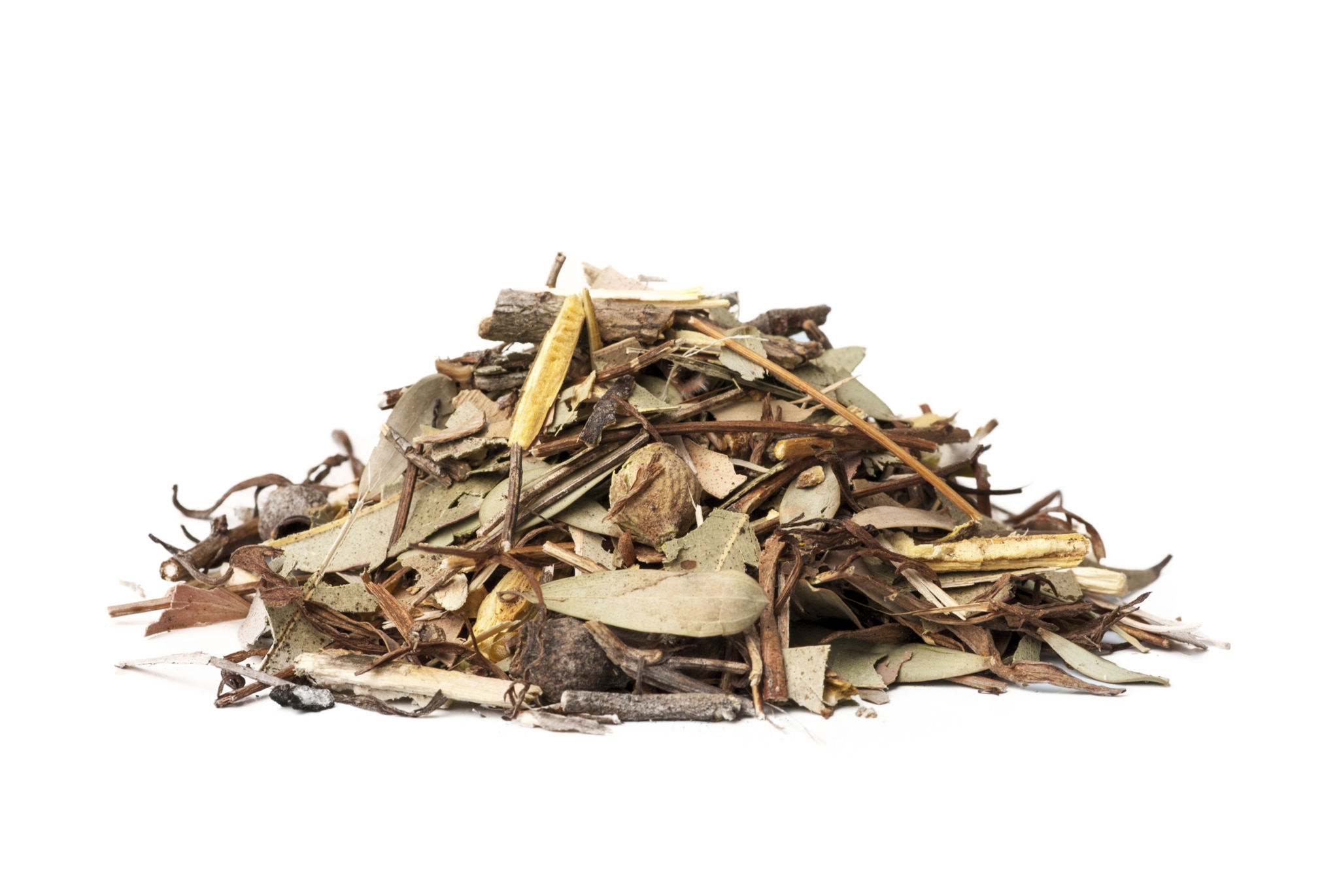Is It Safe to Compost Dog Feces? A Complete Guide
Understanding the Basics of Composting Dog Feces
Composting is a popular way to recycle organic waste, turning it into a nutrient-rich soil amendment. However, when it comes to composting dog feces, many people are unsure about its safety and effectiveness. While dog feces can technically be composted, there are specific precautions and methods that must be followed to ensure safety and success.

Dog feces contain pathogens that can be harmful to humans, such as E. coli and Salmonella. Therefore, it's essential to manage the composting process carefully to kill these pathogens. By understanding the right techniques, you can safely compost dog feces and contribute to a greener environment.
Preparing Your Composting System
Before you begin composting dog feces, set up a dedicated composting system. This system should be separate from your regular compost pile used for food scraps and garden waste. A simple way to start is by using a commercial compost bin or creating a DIY system using materials such as wood or wire mesh.
Make sure the composting area is well-ventilated and situated away from any water sources to prevent contamination. It's also important to place the system in a location with plenty of sunlight, as heat is a crucial factor in breaking down waste efficiently.

Adding Dog Feces to the Compost
Once your system is ready, you can begin adding dog feces. Be sure to mix it with other carbon-rich materials such as straw, sawdust, or dried leaves. This balance helps to speed up the decomposition process and minimizes odors.
It's crucial to maintain a proper ratio of carbon to nitrogen in your compost pile. A good rule of thumb is to use three parts carbon-rich material for every one part of dog feces. This balance not only aids decomposition but also helps reduce the risk of harmful pathogens surviving in the compost.
Maintaining Your Compost Pile
Regular maintenance of your compost pile is vital for effective decomposition. Turn the pile every few weeks using a pitchfork or shovel to aerate the materials. This helps heat up the pile and ensures even breakdown of waste products.

Keep an eye on moisture levels as well; your pile should be about as moist as a wrung-out sponge. If it's too dry, add water or more green materials like grass clippings. If it's too wet, mix in more dry carbon-rich materials.
How Long Does It Take?
The time it takes for dog feces to fully decompose in a compost system can vary, typically ranging from six months to a year. The duration depends on factors such as temperature, moisture levels, and how often you turn the pile. Patience and regular monitoring are key to ensuring that your compost becomes safe for use.
Once fully decomposed, the compost can be used in non-edible plant gardens or flower beds but should be kept away from food crops due to potential residual pathogens.
The Environmental Benefits
Composting dog feces not only reduces waste in landfills but also creates a useful product that can enrich your garden soil. By diverting dog waste from traditional disposal methods, you contribute to reducing methane emissions from landfills and help mitigate environmental pollution.

While it requires careful management, composting dog feces is a sustainable practice that benefits both your garden and the planet. With the right precautions and methods, you can transform what is often seen as waste into a valuable resource.